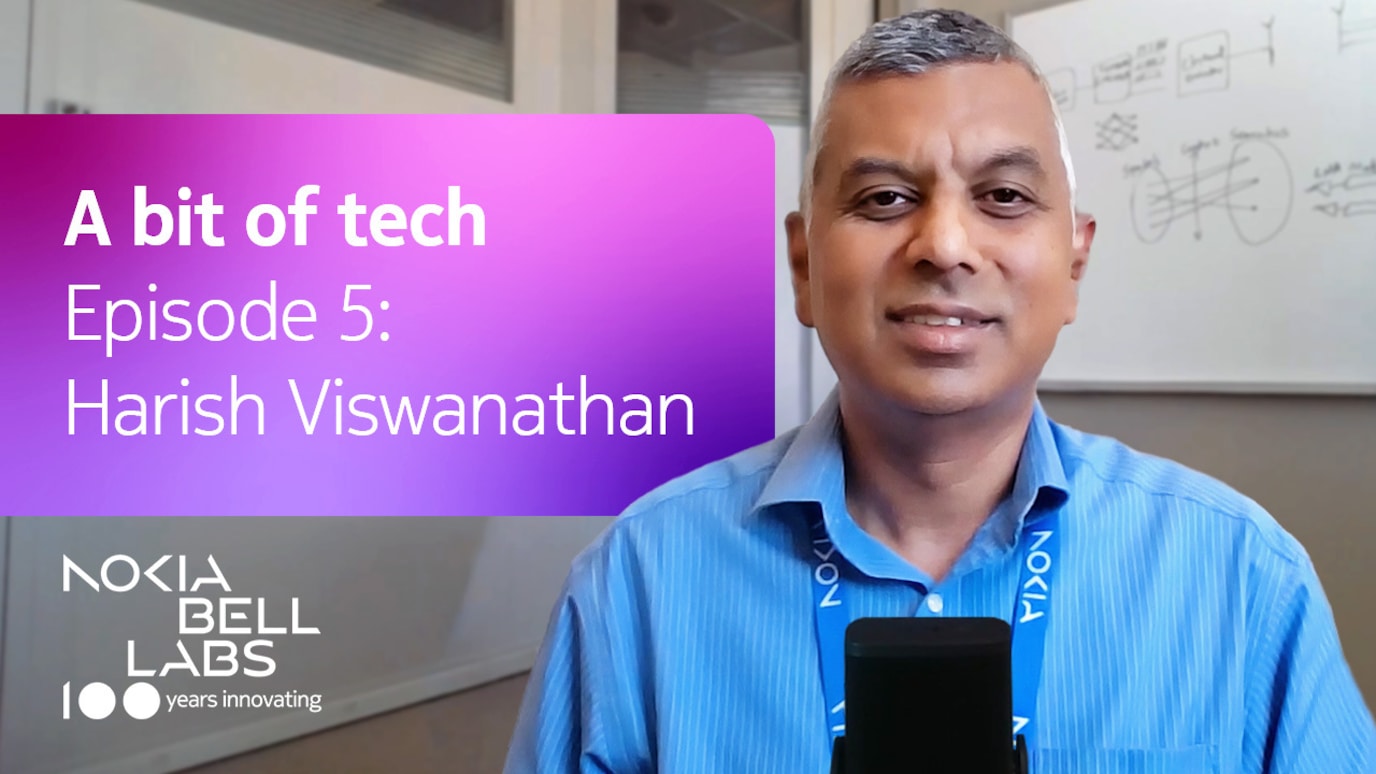Abstract We demonstrate a compact reconfigurable 8-bit optical matching filter fabricated using 4% delta high-index-contrast silica-on-silicon waveguides.
Software routers are popular for lower-layer packet processing because of their modular and extensible design.
A programmable DSP(TM) with 32b floating point arithmetic has been fabricated in 1.5micron (Leff) NMOS technology. The data path is 32b and the DSP implements an extensive 32b instruction set.
A programmable polarization-mode dispersion emulator is demonstrated. First and higher-order PMD is systematically generated.
The main purpose of this investigation is to explore the feasibility of using an advanced microprocessor and some general purpose shift logic to provide a programmable protocol controller.
Electrical networks frequently consist of a set of modules (beamleaded chips, DIPs, etc.), and a set of electrical interconnections or "nets" among two or more modules.
A novel transmission scheme is developed for the downlink frame of cellular networks.
The requirements and some of the problems associated with a global short-wave broadcasting system are briefly discussed and an outline is given of proposals for such a system.
A relatively large percentage of telecommunications equipment on the market exhibits one or more of the ground system related deficiencies discussed in this paper.
Bell Operating Company plans to provide virtual T1 services based on the deployment of central-office-based switching T1 multiplexers could undermine AT&T Network Systems sales of prominent tra



